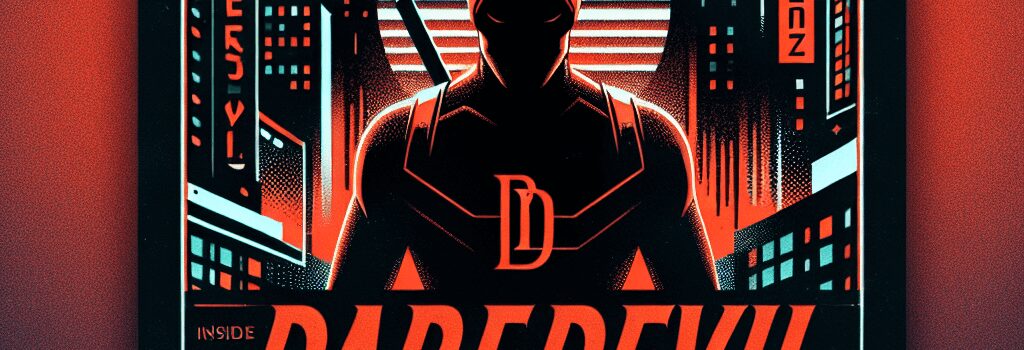Crafting a Retro-Cinematic Aesthetic: Inside Daredevil: Born Again

In an exclusive discussion with Ars, cinematographer Hillary Fyfe Spera revealed the meticulous process behind bringing a 1970s film vibe to Marvel’s Daredevil: Born Again. Combining modern digital techniques with a nostalgic tribute to retro film, Spera’s work represents not only a creative decision but also a technical challenge that pushes the boundaries of contemporary cinematography.
Blending Past and Present
Spera’s primary goal was to capture the raw and edgy look of 1970s cinema while leveraging today’s digital advantages. Much of the series’ distinctive visual tone stems from her innovative use of lighting, lens selection, and digital color grading. By replicating the grain, contrast, and muted color palettes typical of films from that era, she managed to marry the analog warmth of the past with the clarity and precision of modern technology.
Technical Specifications and Equipment
Behind the visual narrative lies an array of cutting-edge tools and techniques. The team utilized high-end cameras such as the ARRI Alexa Mini, which allowed for dynamic range and rich color reproduction crucial for emulating film stock. Custom lens filters and vintage lenses were applied to introduce subtle imperfections and flare, key elements reminiscent of 1970s film aesthetics. Furthermore, specialized rigging and lighting setups recreated the lighting conditions of retro sets, while advanced digital post-processing provided additional layers of authenticity.
Designing the 1970s Aesthetic
Bringing a vintage feel to a modern series required a detailed study of 1970s cinematography. Spera explained that every aspect—from camera movement to set design—had to be scrutinized to ensure consistency with the era’s cinematic language. The production design team collaborated closely with the post-production crew, employing custom LUTs (Look-Up Tables) that simulated the distinct color grading profiles of period films. This attention to detail extended to using period-accurate production design and wardrobe to support the overall aesthetic.
Expert Analysis and Industry Impact
Experts in the field of cinematography praise Spera’s approach as a significant example of how legacy aesthetics can be reimagined with modern technology. The integration of digitally simulated film grain and color correction techniques not only serves as an homage but also adds a new dimension to genre storytelling. Many industry professionals are observing how such hybrid techniques can be adapted for other projects, potentially influencing trends in both television and film production.
Legacy, Innovation, and the Future of Visual Storytelling
While the project does not bring any groundbreaking AI or cloud computing advances directly into the picture, it underscores the innovative use of modern digital techniques to pay tribute to historical filmmaking. Spera noted that continuous experimentation with machine learning is on the horizon for digital post-production, where AI-powered color grading tools could further refine such retro aesthetics. This fusion of tradition and innovation is setting a precedent for future series and films aiming for a nostalgic yet contemporary look.
Challenges and Future Directions
- Technical Synchronization: Integrating vintage styles with current digital precision required precise calibration of camera sensors, lighting rigs, and post-production software. Each piece of equipment had to be finely tuned to replicate the texture of film without sacrificing the benefits of digital clarity.
- Post-Production Workflow: The complex layering of effects meant longer rendering times and more demanding storage solutions, often pushing cloud computing and data management strategies to their limits. Production teams had to develop innovative workflows to manage these heavy data loads while keeping timelines intact.
- Future Innovations: With the ever-evolving landscape of digital cinematography, emerging technologies like AI-enhanced editing software and real-time cloud collaboration tools are expected to play a pivotal role in future projects that embrace a period-specific aesthetic.
Though recent updates to the project’s technical specifications are still emerging, the current achievements in visual storytelling are already influencing how modern productions integrate past cinematic techniques with contemporary technology.